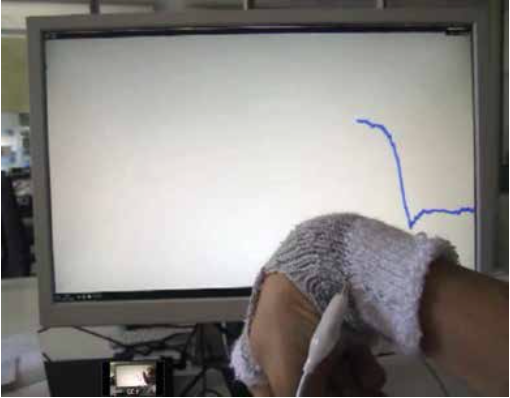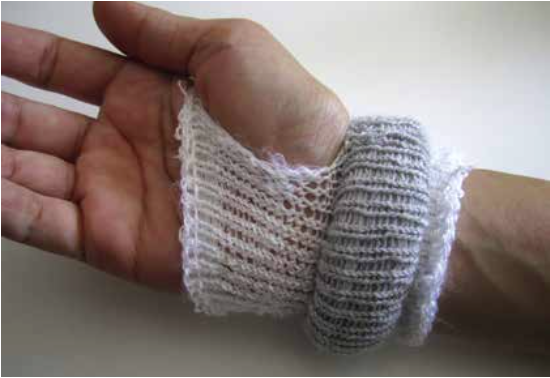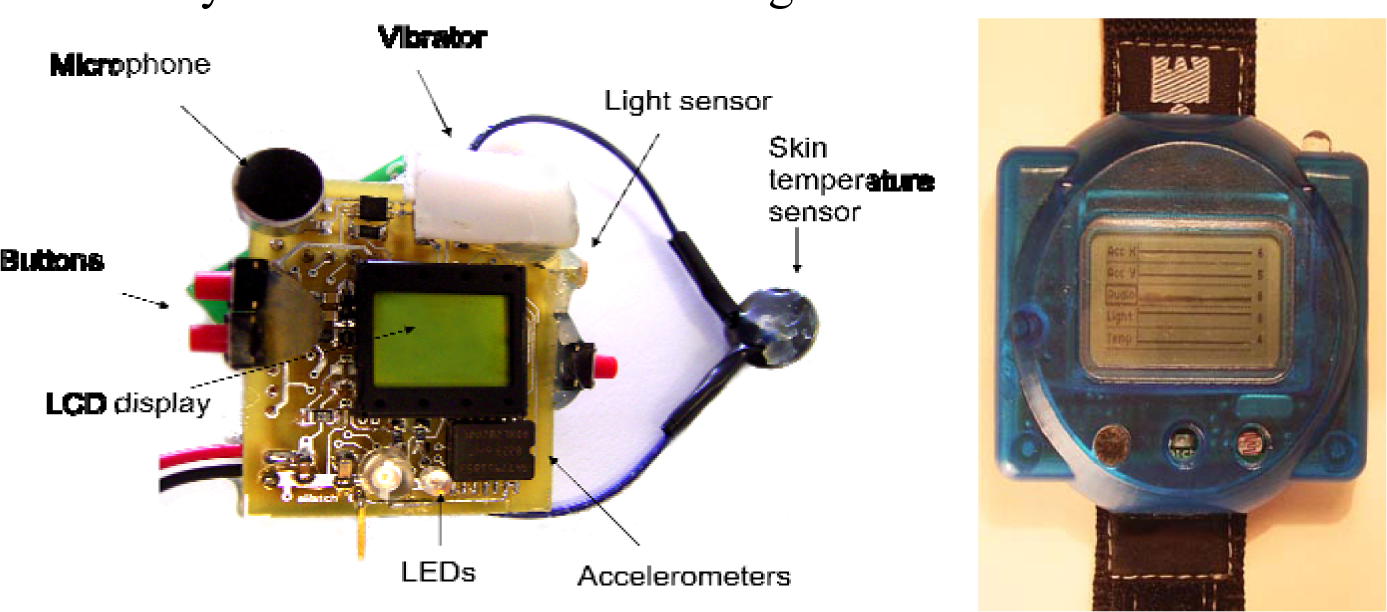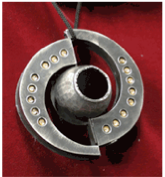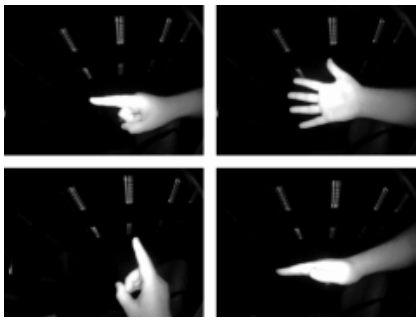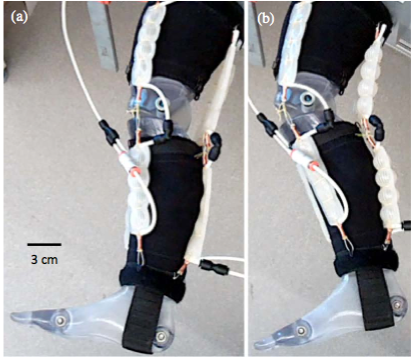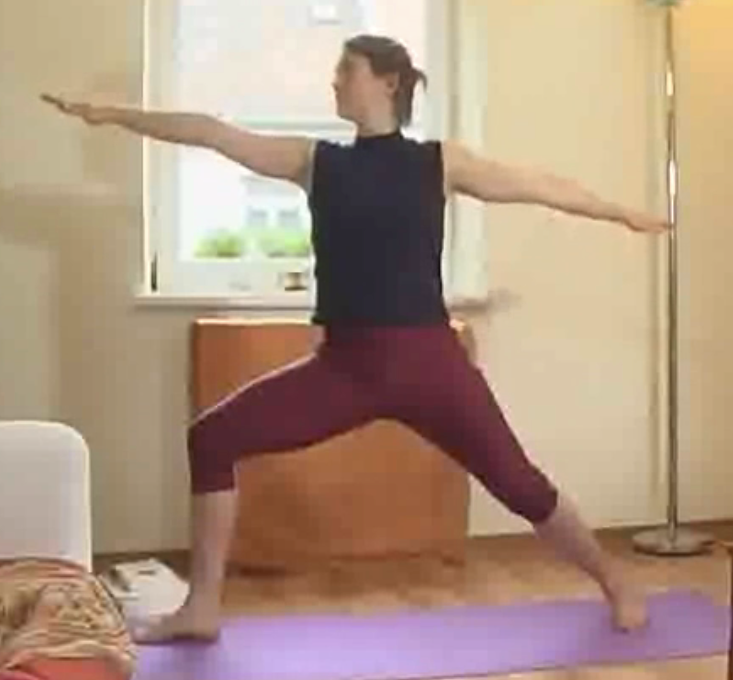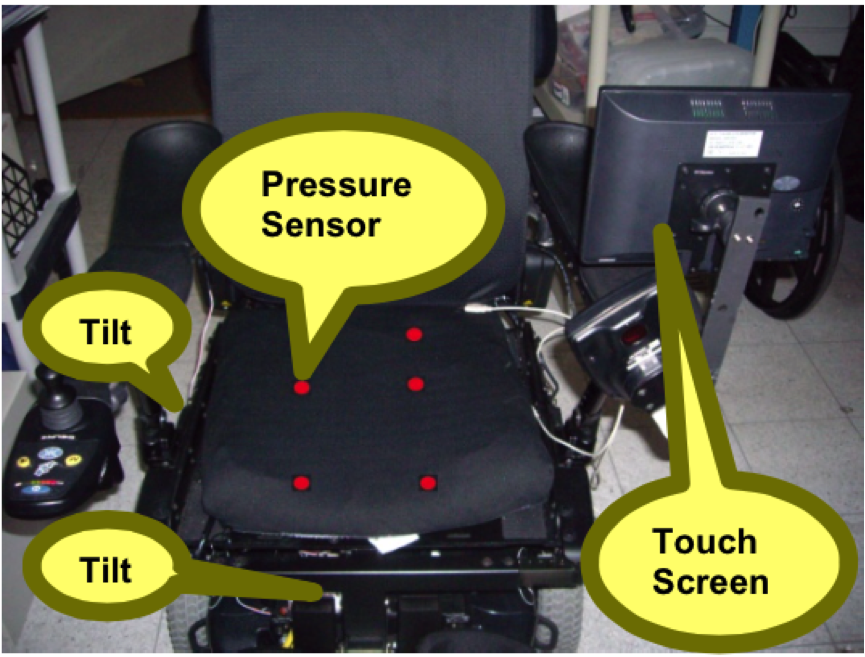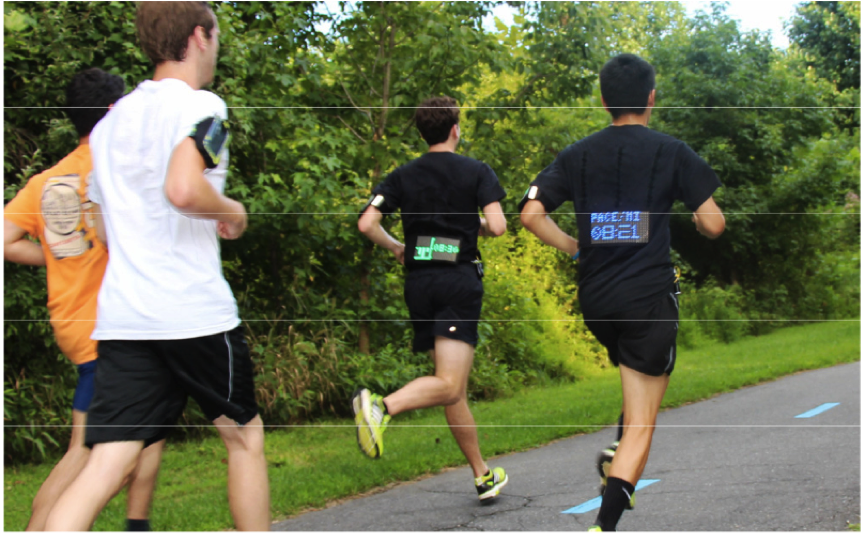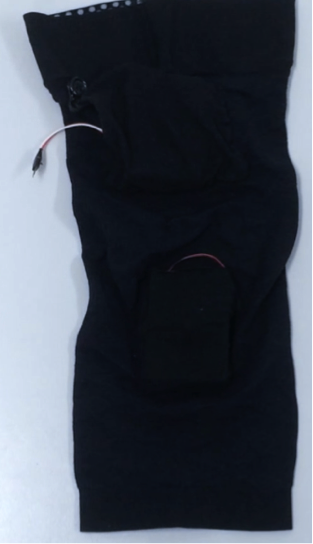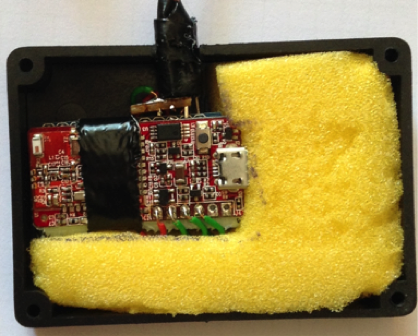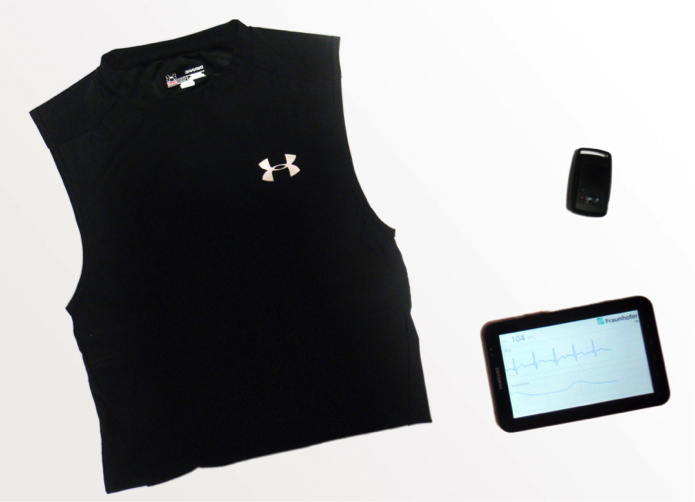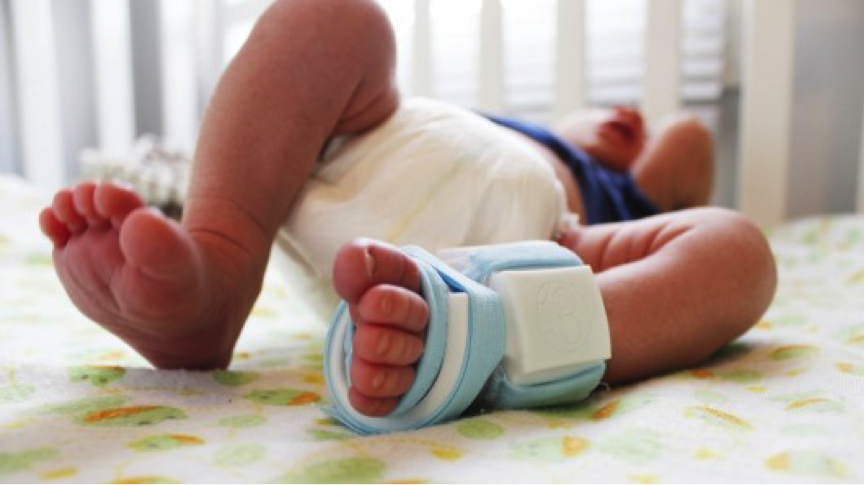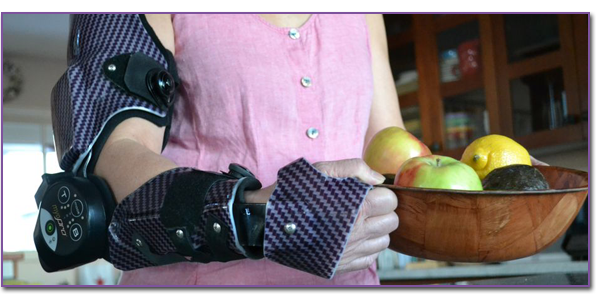

Technische Universität München

Universität Stuttgart
Course Instructors
Customers
|
|
Teaching Assistants
Course Description
The goal of the course is to explore the potential of mobile and wearable devices in the field of Quality of Life, including health, wellness and rehabilitation. We will do this in a project-based way, as we do it in our iOS Lab Course (check last year's iOS projects). Each student will take part in one project. We will start with a problem statement, brainstorm on possible use cases, create prototypes (paper, physical prototypes), video trailers and finally hack a software. There will be three challenging projects to solve, which will be notified before the course starts. At the end of the course, each team will demonstrate their project.
The main platform for our mobile applications will be iOS. We will have some iPads and MacBooks available for you. During the course, we will possibly create some wearable or eTextile devices. For this, we will bring a whole bunch of stuff, such as Arduino based microcontrollers (Lilypads, Arduino Minis, Intel Edisons), different sensors and actuators such as accelerometers, pressure sensors and flex sensors, soldering equipment, cables, etc. Check out the iWatch and the Intel Curie as we will probably be getting some as well.
The internet connectivity in the Hotel where we will stay is very limited. It is recommended that you check the different references in this webpage and follow the Arduino and iOS tutorials before the course.
The course language is English.
Wearable Systems for Rehabilitation, Sports and Wellness
|
The Universität der Künste in Berlin developed a sleeve for rehabilitation of Carpal Tunnel Syndrome injuries in the wrist. The sleeve uses soft textile sensors to detect the wrist bending. More info: http://www.design-research-lab.org/projects/cts-therapy-gauntlet/ |
eWatch: A wristband that senses acceleration, light, sound and temperature designed by the Carnegie Mellon University. One of the applications of the eWatch is detecting propulsion patterns of a wheel chair in order to warn users in case of damaging propulsion patterns. More info: Smailagic, A., Siewiorek, D. P., Maurer, U., Rowe, A., Tank, K., eWatch: Context Sensitive System Design Case Study, Proc. IEEE Symposium on VLSI, 98-103 |
|
The SensorButton developed by the ETH in 2005 is a button with different sensors such as accelerometers, compass, microphone, light sensor, a MSP430 microcontroller and a 2.45GHz transceiver able to detect user activities such as sawing, drilling, hammering. More info: Roggen, N. Bharatula, M. Stager, P. Lukowicz, and G. Troster, "From sensors to miniature networked sensor buttons," in Proc. 3rd Int. Conf. on Networked Sensing Systems - INSS 2006, June 2006, pp. 119-122. |
In 2000, Georgia Tech created a wearable infrared camera system that could track the user’s gestures. This Gesture Pendant was designed to control home electronics and to monitor the user for tremors. More info: Starner, T.; Auxier, J.; Ashbrook, D.; Gandy, M., "The gesture pendant: a self-illuminating, wearable, infrared computer vision system for home automation control and medical monitoring," Wearable Computers, The Fourth International Symposium on , vol., no., pp.87,94, 16-17 Oct. 2000 |
|
A soft wearable robotic device composed of elastomeric artificial muscle actuators and soft fabric sleeves, for active assistance of knee motions. More info: Yong-Lae Park; Santos, J.; Galloway, K.G.; Goldfield, E.C.; Wood, R.J., "A soft wearable robotic device for active knee motions using flat pneumatic artificial muscles," IEEE International Conference on Robotics and Automation (ICRA), pp.4805-4810, May 31 2014-June 7 2014 |
This is a prototype of a Yoga teaching assistant we developed during the Ferienakademie 2004. It enables Yoga students to perform the exercises at home with remote advice from a personal Yoga instructor. The system uses a camera to determine the users’ performance. More info: https://www.youtube.com/watch?v=kSffw-3lpDI&feature=player_embedded |
|
The Carnegie Mellon developed a power wheelchair that detects the user posture using pressure sensors integrated in the chair and notifies the user whether he should change the sitting position in order to prevent back injuries. More info: Siewiorek, Daniel; Smailagic, A.; Dey, A., "Architecture and Applications of Virtual Coaches," Proceedings of the IEEE, vol.100, no.8, pp.2472-2488, Aug. 2012 |
Flexible LED matrix displays integrated into an eTextile used to support group running. More info: Matthew Mauriello, Michael Gubbels, and Jon E. Froehlich. 2014. Social fabric fitness: the design and evaluation of wearable E-textile displays to support group running. In Proceedings of the SIGCHI Conference on Human Factors in Computing Systems (CHI '14). ACM, New York, NY, USA,pp. 2833-2842. |
|
The KneeHapp bandage we developed during the iOS lab course measures motion and calculates the performance of a patient of a knee injury during different rehabilitation exercises. |
The FitnessSHIRT developed by the Fraunhofer Institut IZM measures the physiological parameters from the wearer such as heart activity and respiration using textile electrodes and pulse sensors. More info: http://www.iis.fraunhofer.de/de/ff/med/prod/sensorik/fitnessshirt.html
|
|
The Owlet Smart Sock, is an ankle-worn health tracking device for babies, with an accompanying app that tracks heart rate, oxygen levels, skin temperature and provides rollover alerts during sleep. https://www.owletcare.com/ |
The CMU in collaboration with the TUM developed applications to motivate patients of a brain stroke exercise their arm in order to recover their motion. More info: http://www.cmu.edu/homepage/health/2011/spring/myomo.shtml |
Further References
- TangoHapps / Interactex IDE: http://www.interactex.de/software/interactex-designer-and-client/ and source code https://github.com/ls1intum/Interactex
- Paper on Virtual Coaches








